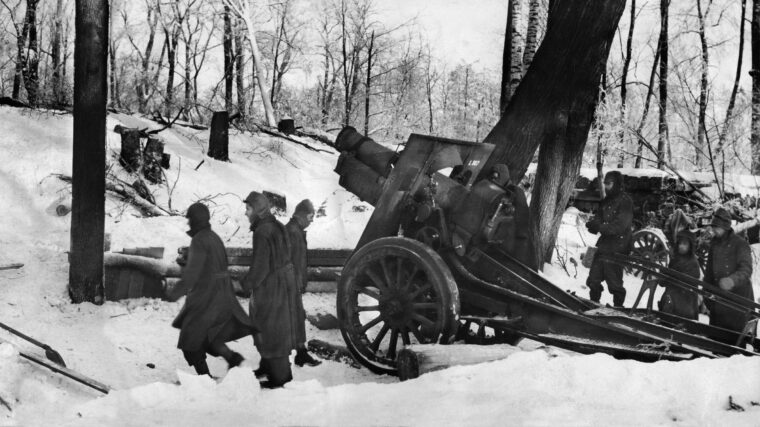
Eastern Front
Fighting on the Volkhov Front: The First Soviet Counteroffensive at Leningrad
By Pat McTaggartThe great city of Leningrad was being strangled, its people dying by the thousands.
Death came in many ways. Read more
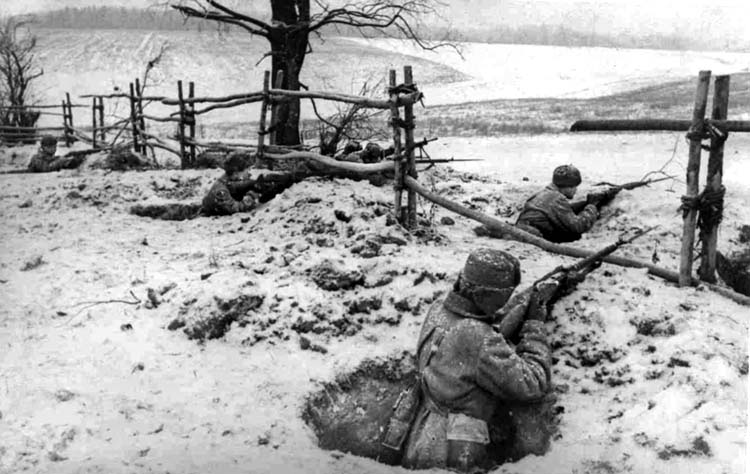
The Eastern Front during World War II includes the area of military confrontation involving the Soviet Union and Nazi Germany. The Soviet Red Army and the Nazi Wehrmacht clashed along the extended Eastern Front, which stretched thousands of miles from the Black Sea in the south to Finland and the approaches to the Arctic Circle in the north.

Eastern Front
The great city of Leningrad was being strangled, its people dying by the thousands.
Death came in many ways. Read more
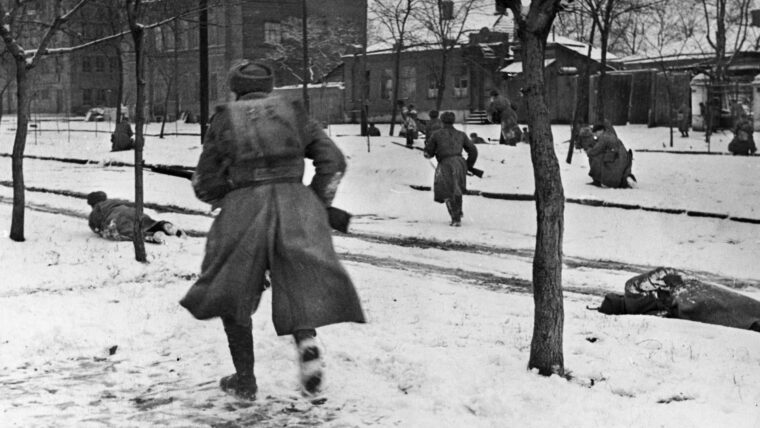
Eastern Front
Rostov was the key to the Caucasus and the rich Soviet oil fields that lay along the Black and Caspian Seas. Read more
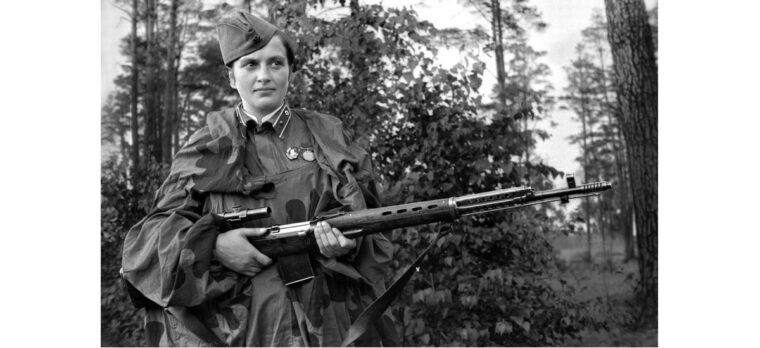
Eastern Front
The last train west chugged across the River Bug to the German-occupied side of the Russo-German border at 0200 on June 22, 1941. Read more
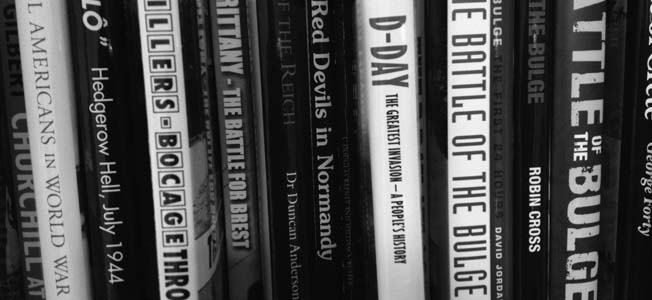
Eastern Front
American General George S. Patton, Jr., and German Field Marshal Erwin Rommel both demonstrated the masterful employment of armored forces in many World War II military campaigns. Read more
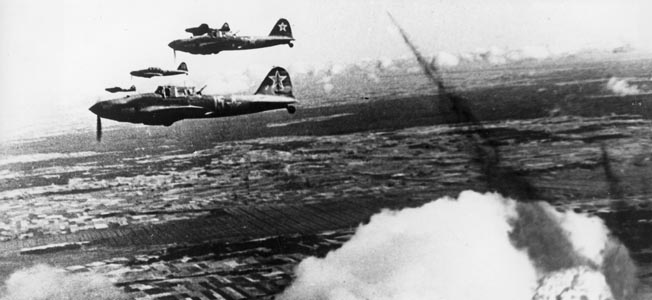
Eastern Front
In June 1942, the Black Sea port of Sevastopol on the Crimea was the scene of some of the fiercest fighting of World War II. Read more
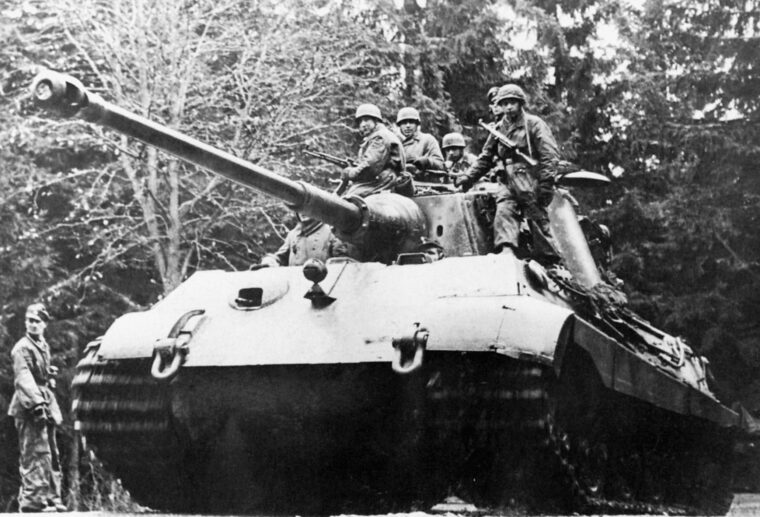
Eastern Front
When American soldiers landed in France in June 1944 as part of the great Allied crusade to liberate Europe, they were well trained, fully equipped, and brimming with confidence. Read more
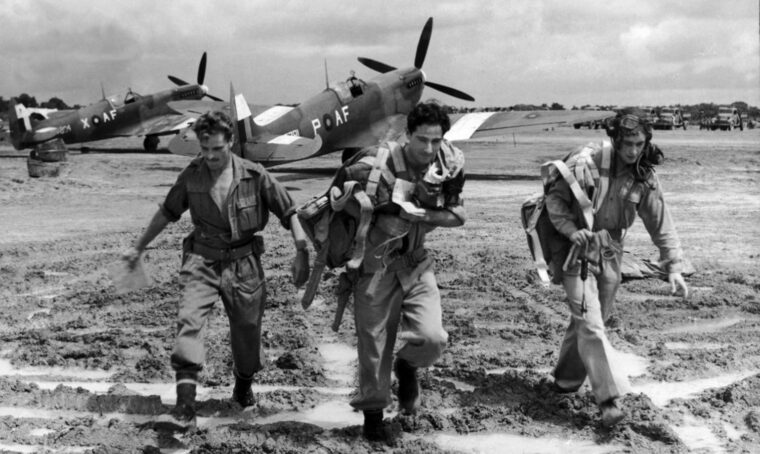
Eastern Front
On March 5, 1936, the new Supermarine Type 300 took off from Southampton, England. The plane would soon be called the Spitfire, and along with the Hawker Hurricane it would become Great Britain’s first line of defense. Read more
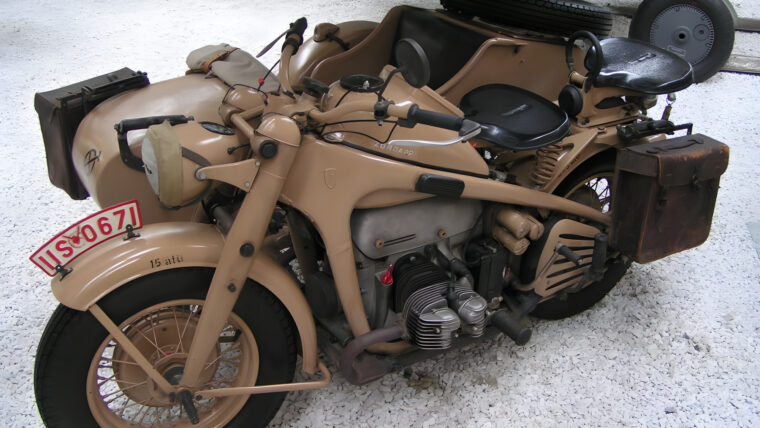
Eastern Front
After September 1, 1939, and Germany’s invasion of Poland, a trickle of so-called “death cards” began appearing in homes across the Third Reich. Read more
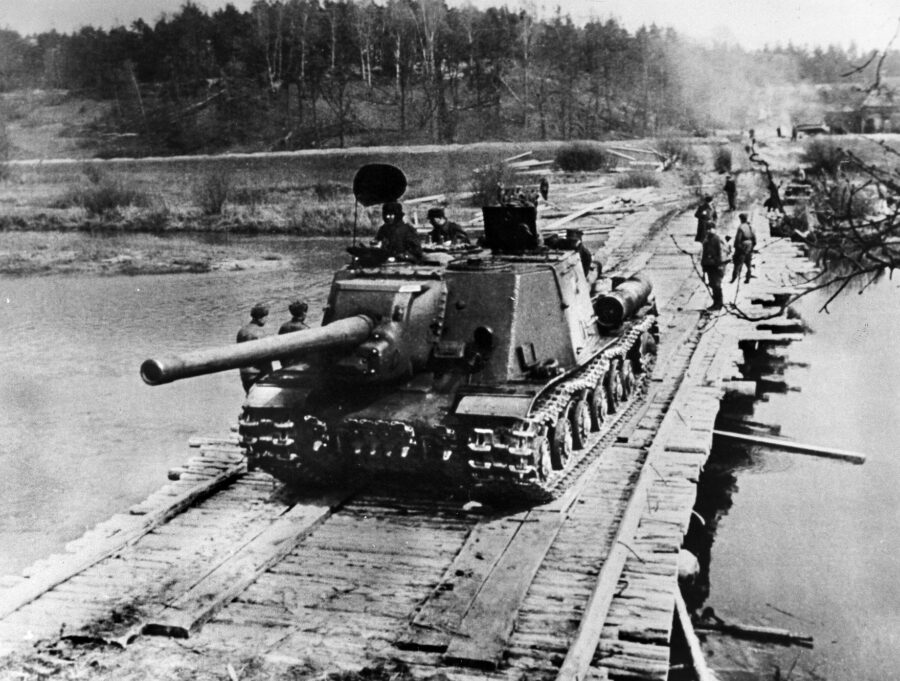
Eastern Front
The officers huddled in a candlelit cellar in an abandoned farmhouse midway between the Oder River and Berlin. Read more
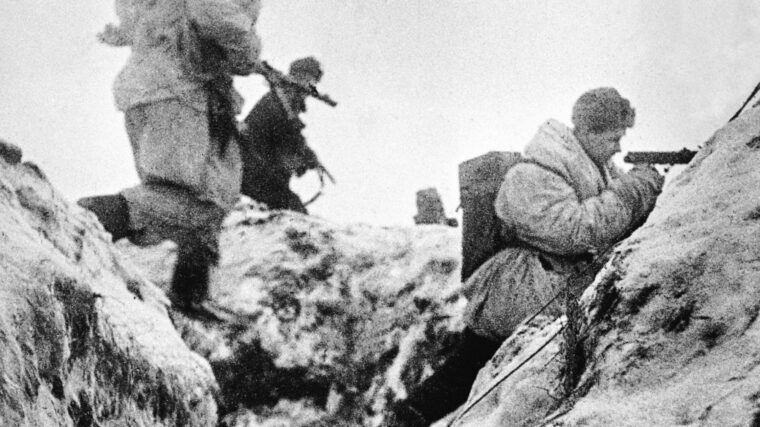
Eastern Front
With the German Sixth Army in its death throes at Stalingrad in January 1943, Stavka, the Soviet High Command, sought to capitalize on the disaster by unleashing massive offensives along the entire German-Soviet front. Read more
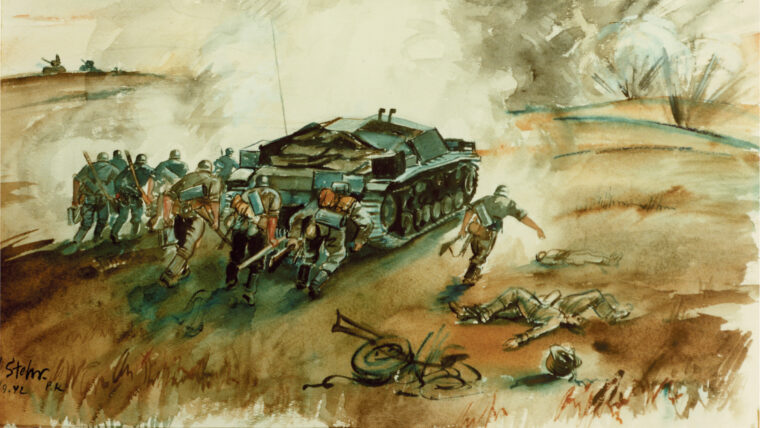
Eastern Front
During the winter of 1941, both the Red Army and the German Wehrmacht experienced a terrifying bloodletting. Adolf Hitler’s seemingly invincible armies, having advanced hundreds of miles inside the Soviet Union, were slowed by the October muddy season that had turned all but a few roads into almost impassible quagmires. Read more
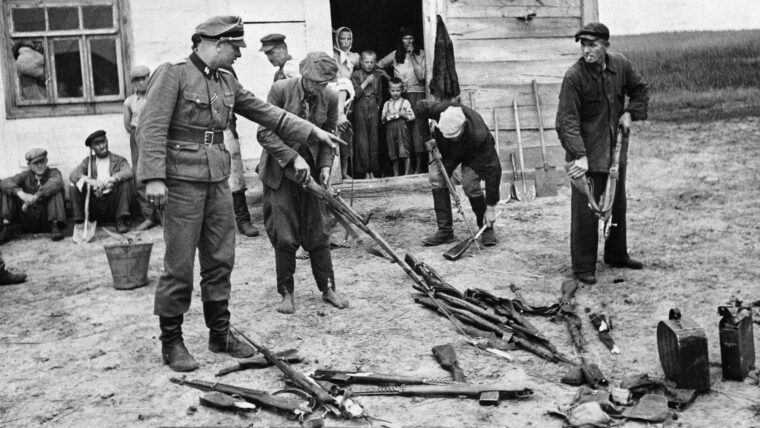
Eastern Front
The concept of Soviet partisans participating in Russia’s wars was nothing new in 1941. During Napoleon’s invasion of the country in 1812, small bands of civilians harassed the French and their allies both before and after the retreat from Moscow. Read more
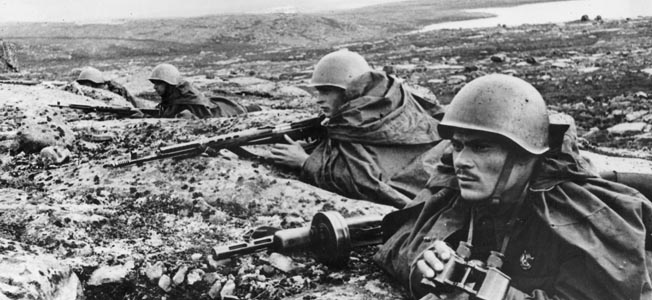
Eastern Front
The year 1943 began badly for the German Army on the Eastern Front. After a great struggle at Stalingrad, German Field Marshal Friedrich Paulus surrendered himself and his Sixth Army on January 31. Read more
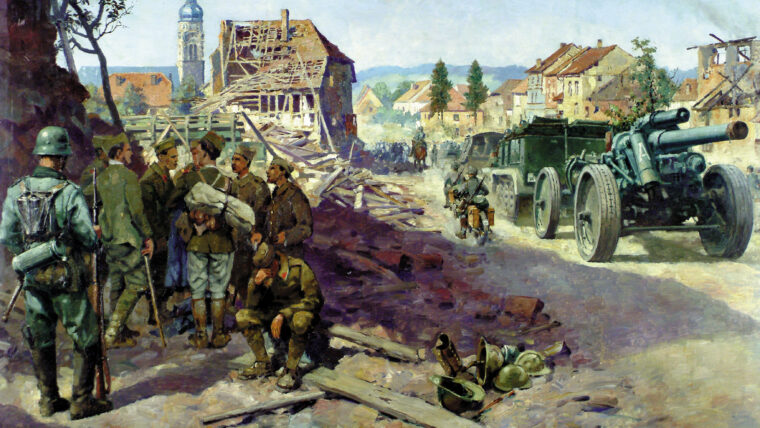
Eastern Front
Andrei Andreievich Vlasov, one of Soviet dictator Josef Stalin’s favorite generals, played a key role in saving Moscow from Adolf Hitler’s armies during the winter of 1941-1942. Read more
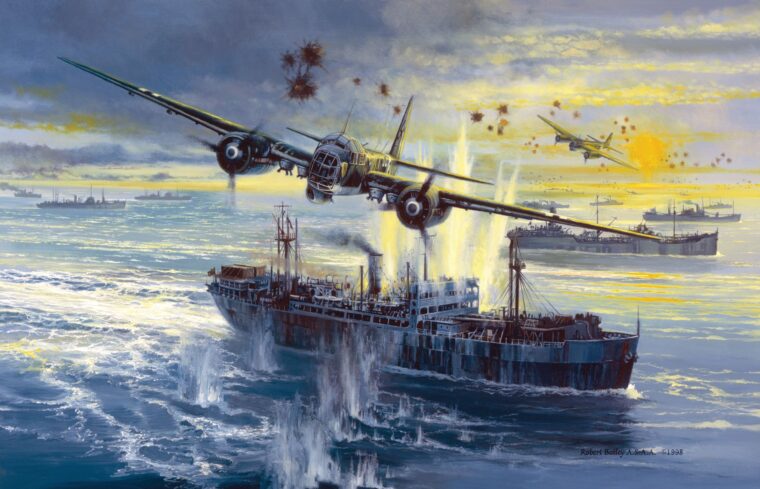
Eastern Front
British Prime Minister Winston Churchill had made the promise to Soviet Premier Josef Stalin, and Admiral Sir John Tovey of the Royal Navy had to keep it: to sail three convoys loaded with critical supplies from Britain to Russia every two months, with 25 to 35 ships in each convoy. Read more
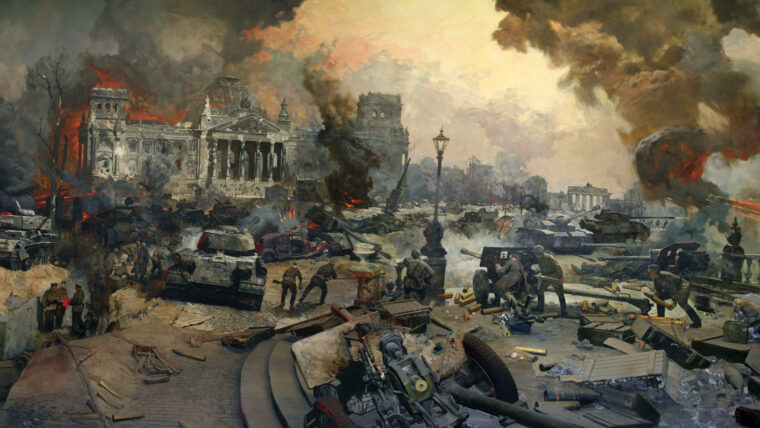
Eastern Front
The Battle of Berlin began with what a German colonel called “a dull, continuous roar of thunder from the east.” Read more
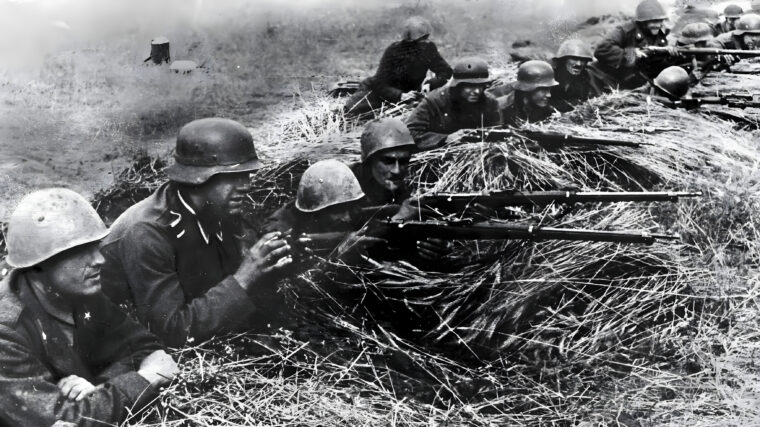
Eastern Front
The most successful Italian Army of World War II was a political creation of dictator Benito Mussolini. Read more
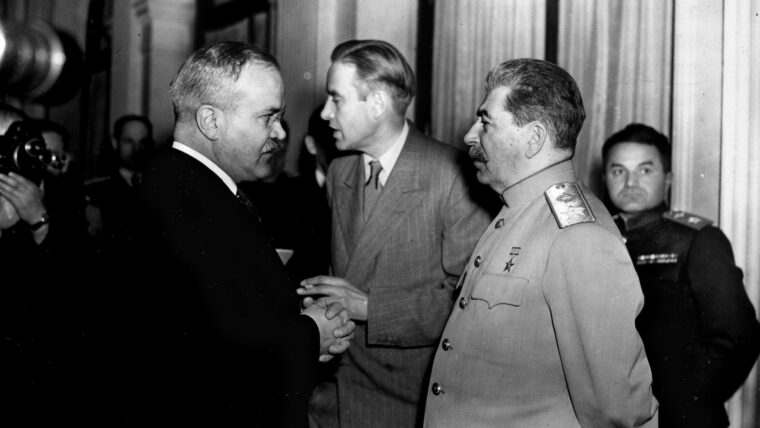
Eastern Front
The arrival of Vyacheslav M. Molotov, the People’s Commissar for Foreign Affairs of the Soviet Union, in Berlin on a rainy November 12, 1940, was a solemn, strained occasion. Read more
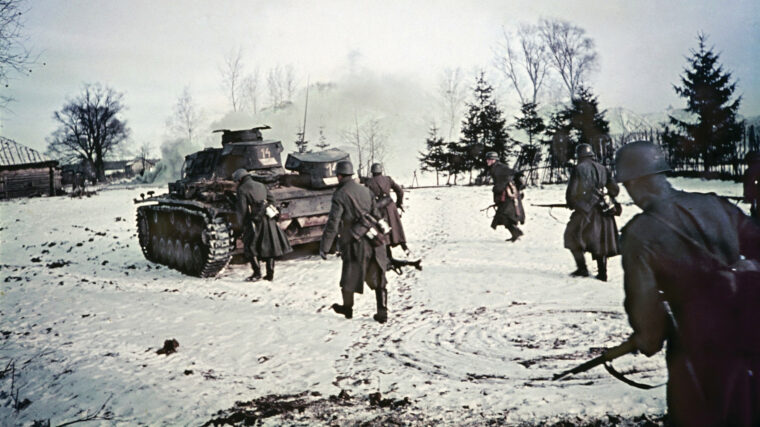
Eastern Front
In 1976, the Soviet city of Tula joined an elite group of nine other Soviet communities designated as “Hero Cities.” Read more
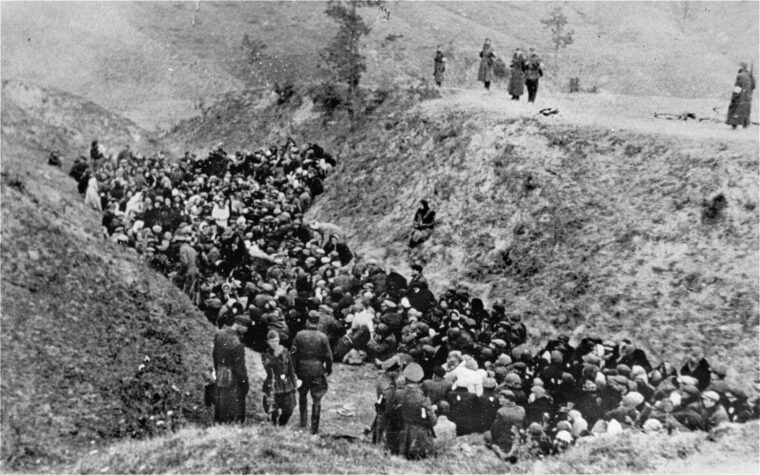
Eastern Front
To plead Superior Orders one must show an inexcusable ignorance of their illegality. The sailor who voluntarily ships on a pirate craft may not be heard to answer that he was ignorant of the probability that he would be called upon to help in the robbing and sinking of other vessels … a man who sails under the flag of skull and crossbones cannot say that he never expected to fire a cannon against a merchantman,” wrote Judge John L. Read more